APEX
Pre-engineered Connection System

-
Canadian and US Engineered
-
Canadian and US Manufactured
-
Inter Story Drift Tested
-
MTC Solutions Owned
-

Capacity Tested Shear and Axial
-
Installation Tolerances up to 1/8"
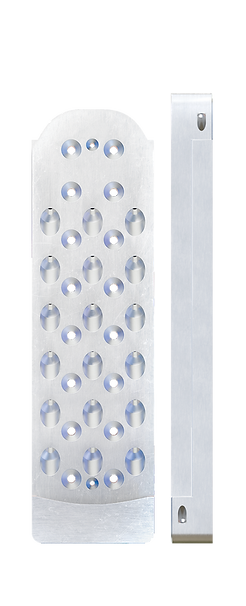

 Axial Capacity Range
Axial Capacity Range  Manufactured in
Manufactured in  Material
Material  Installation Time
Installation Time  Installation Tolerances
Installation Tolerances
 Code & Standard Certifications
Code & Standard Certifications  Seismic Compatibility
Seismic Compatibility  Tested Fire Resistance Rating
Tested Fire Resistance Rating 

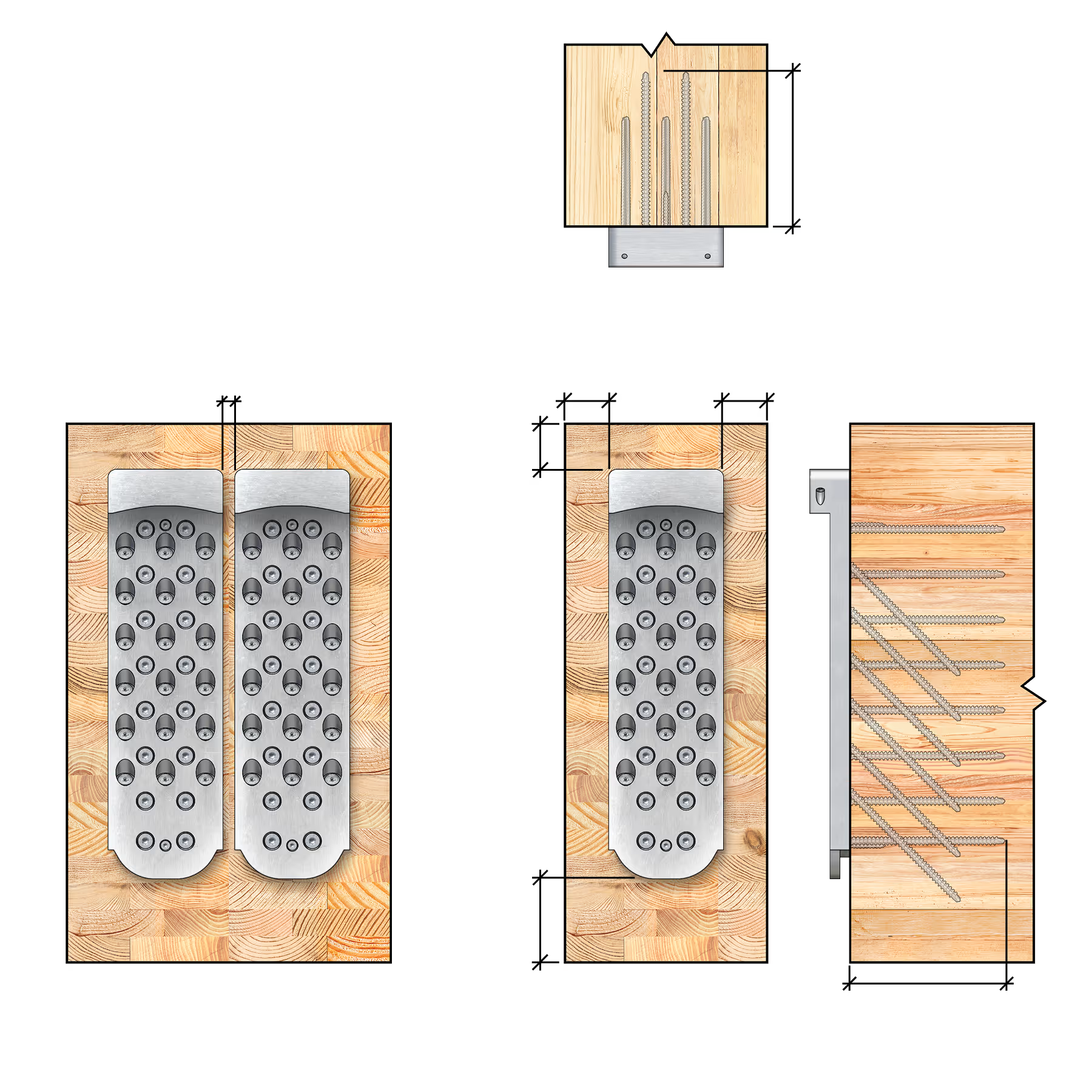

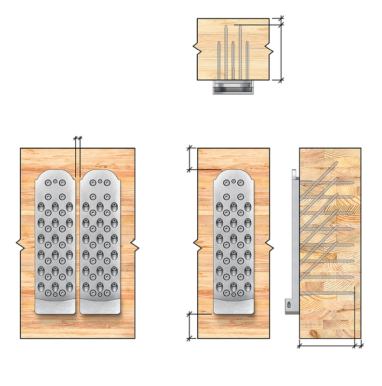
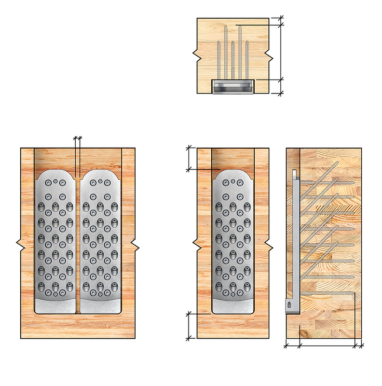
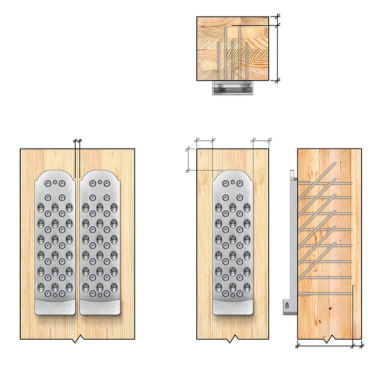
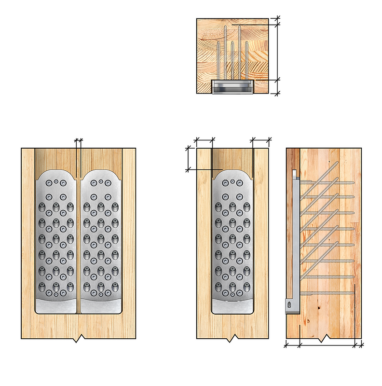
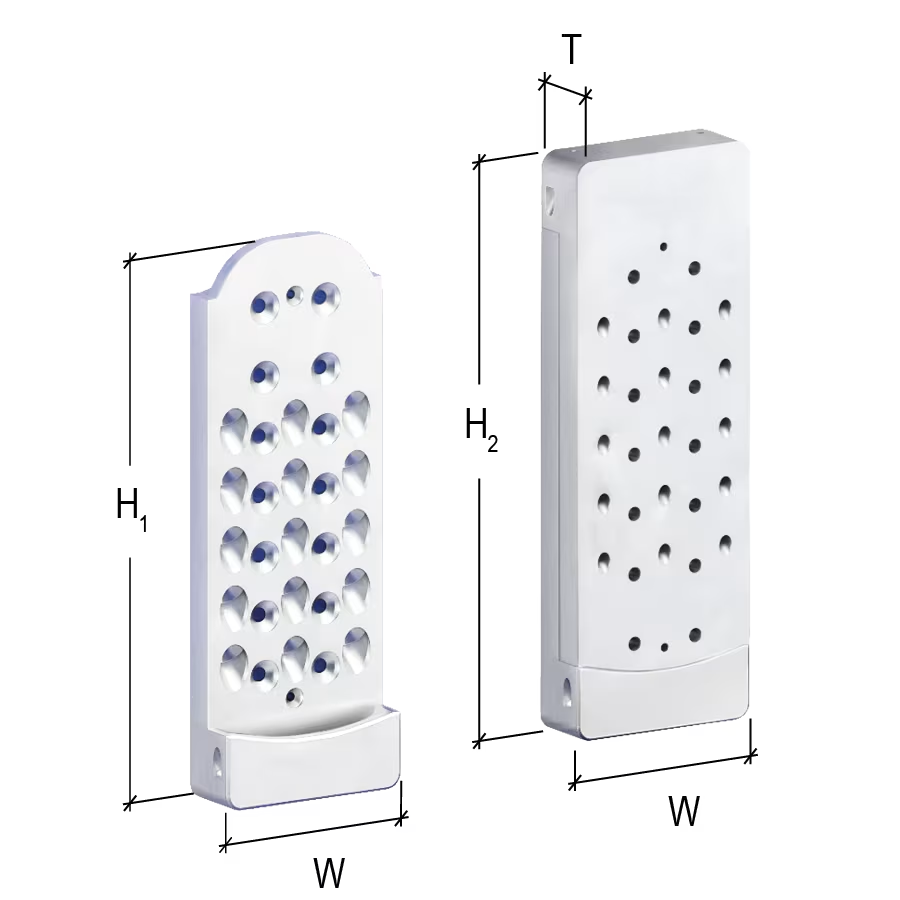
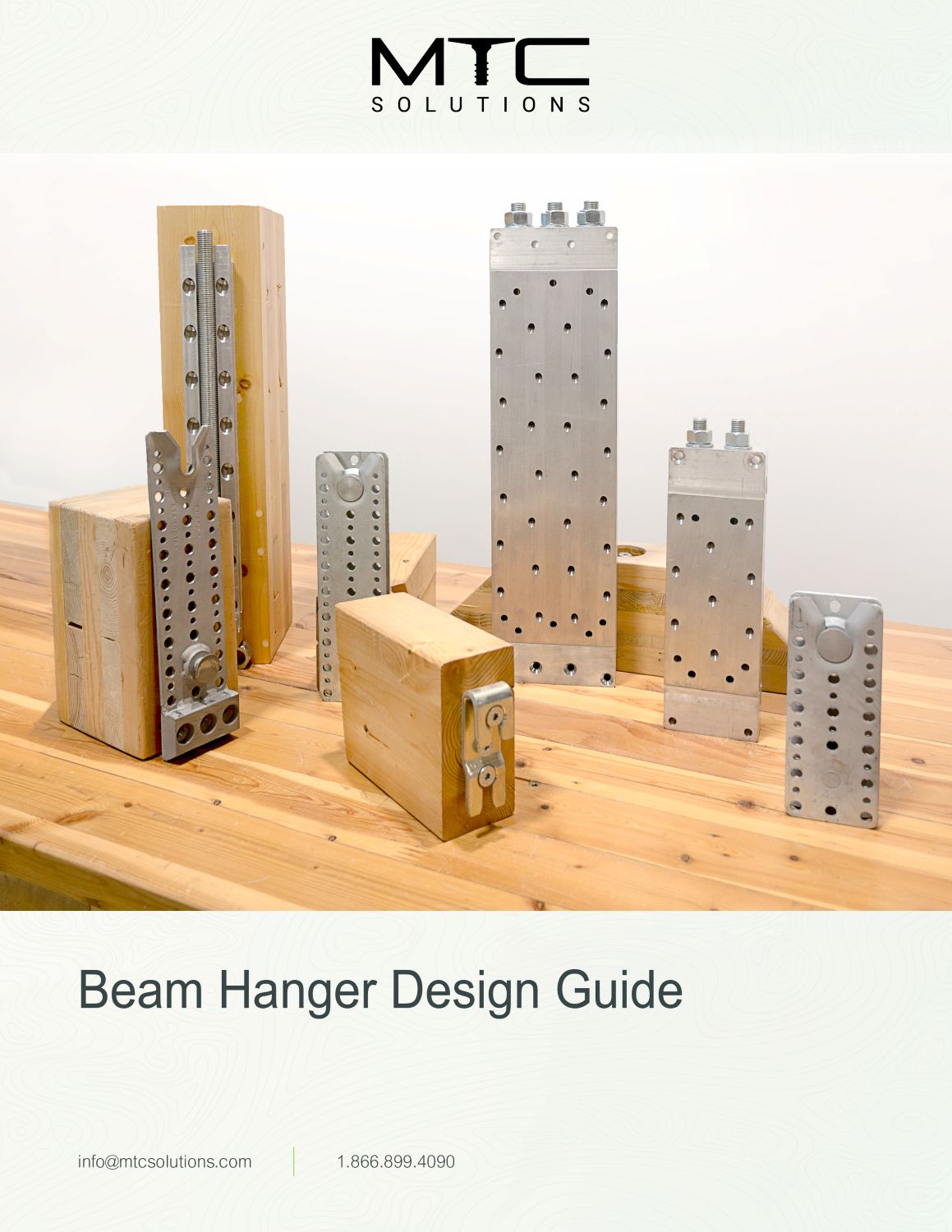





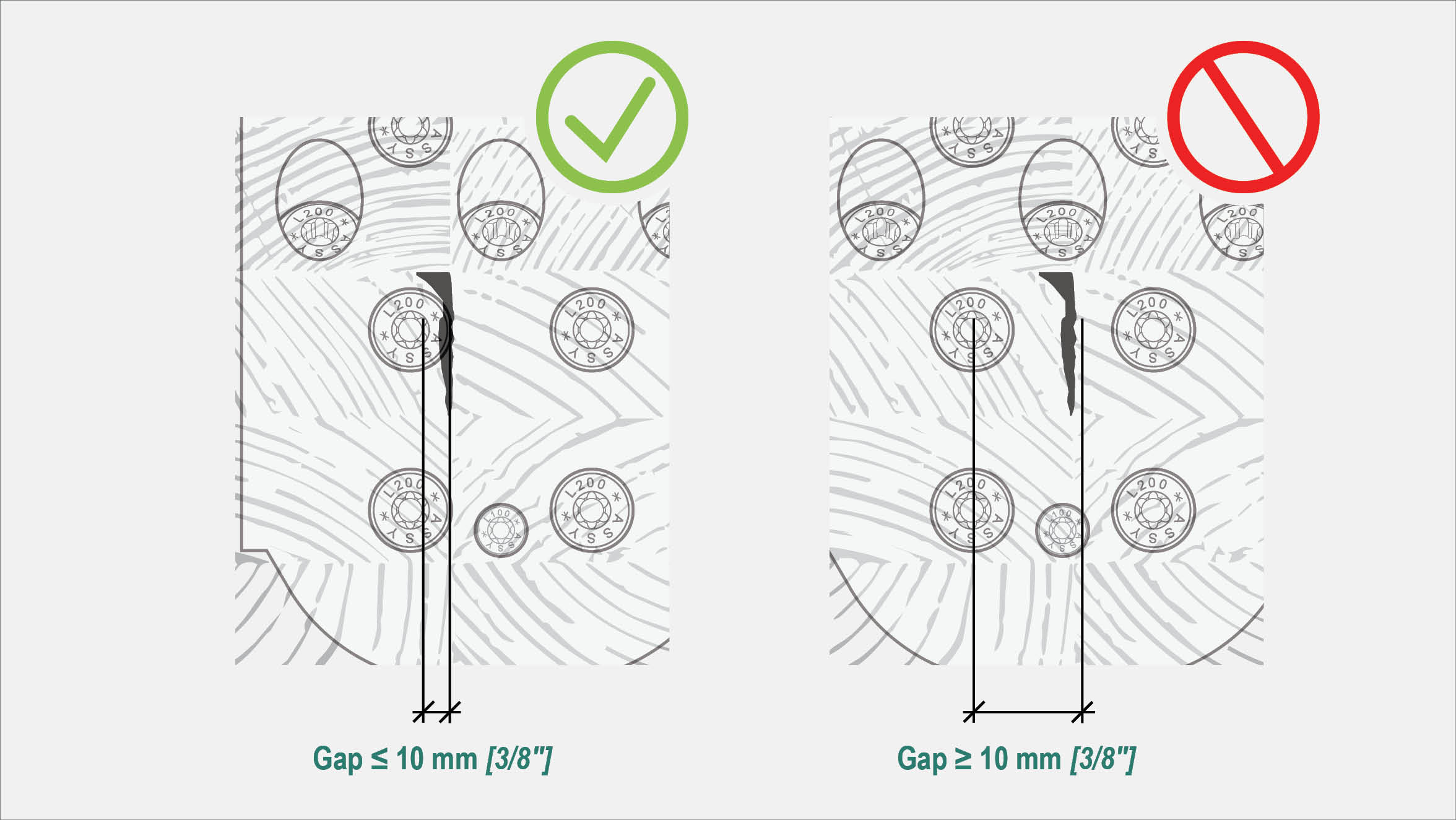


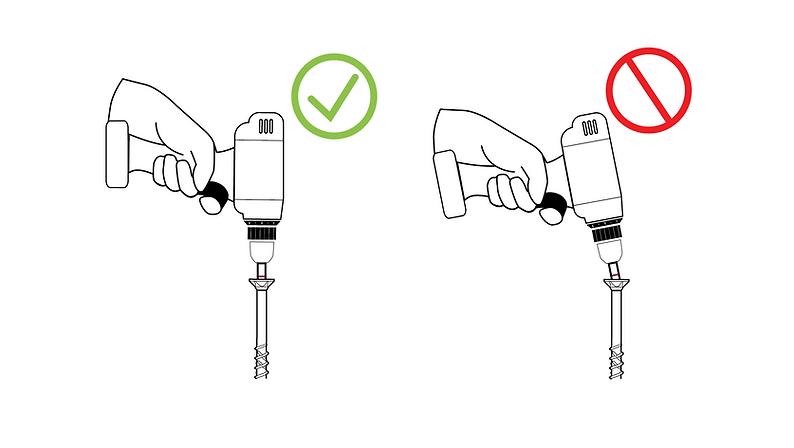
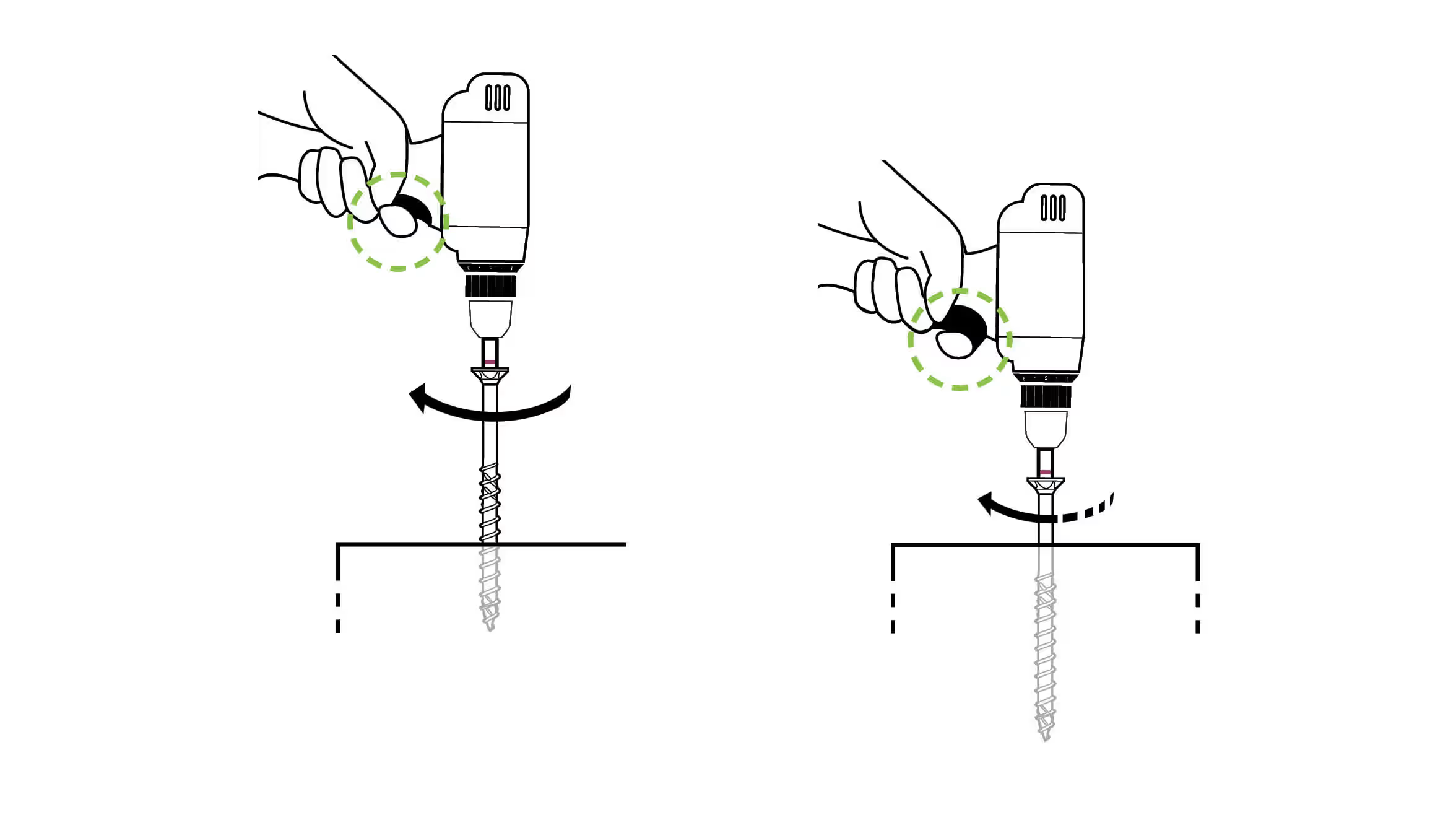

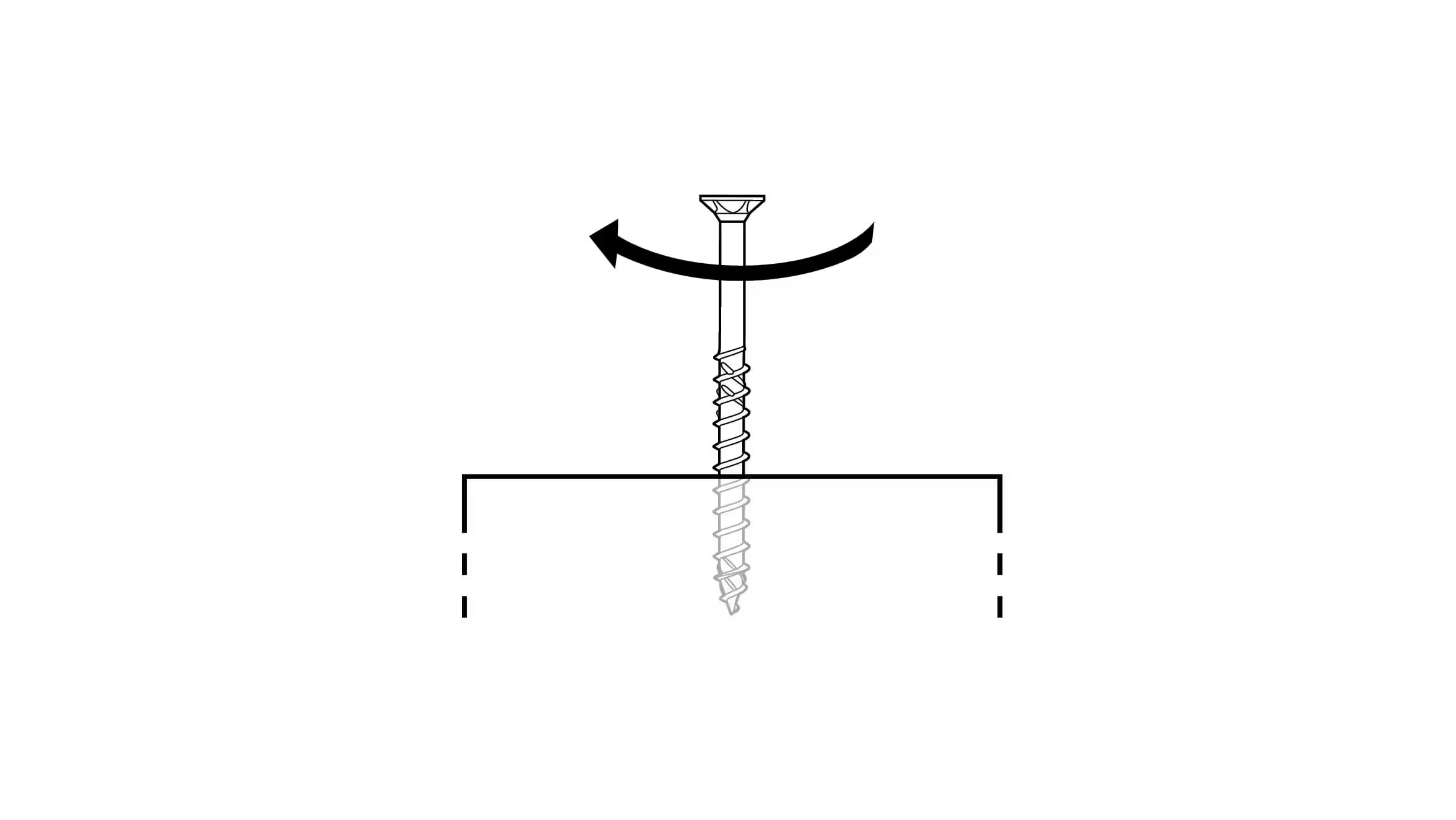
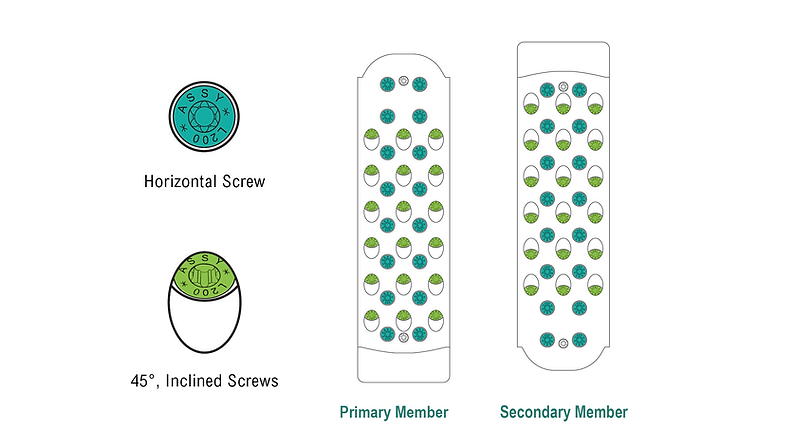
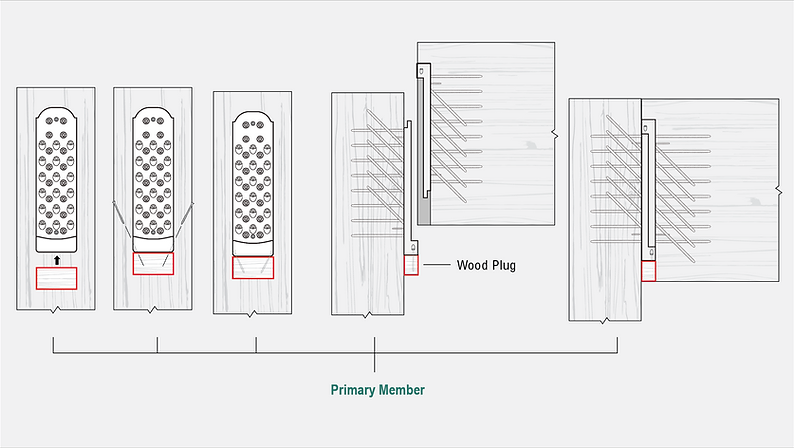
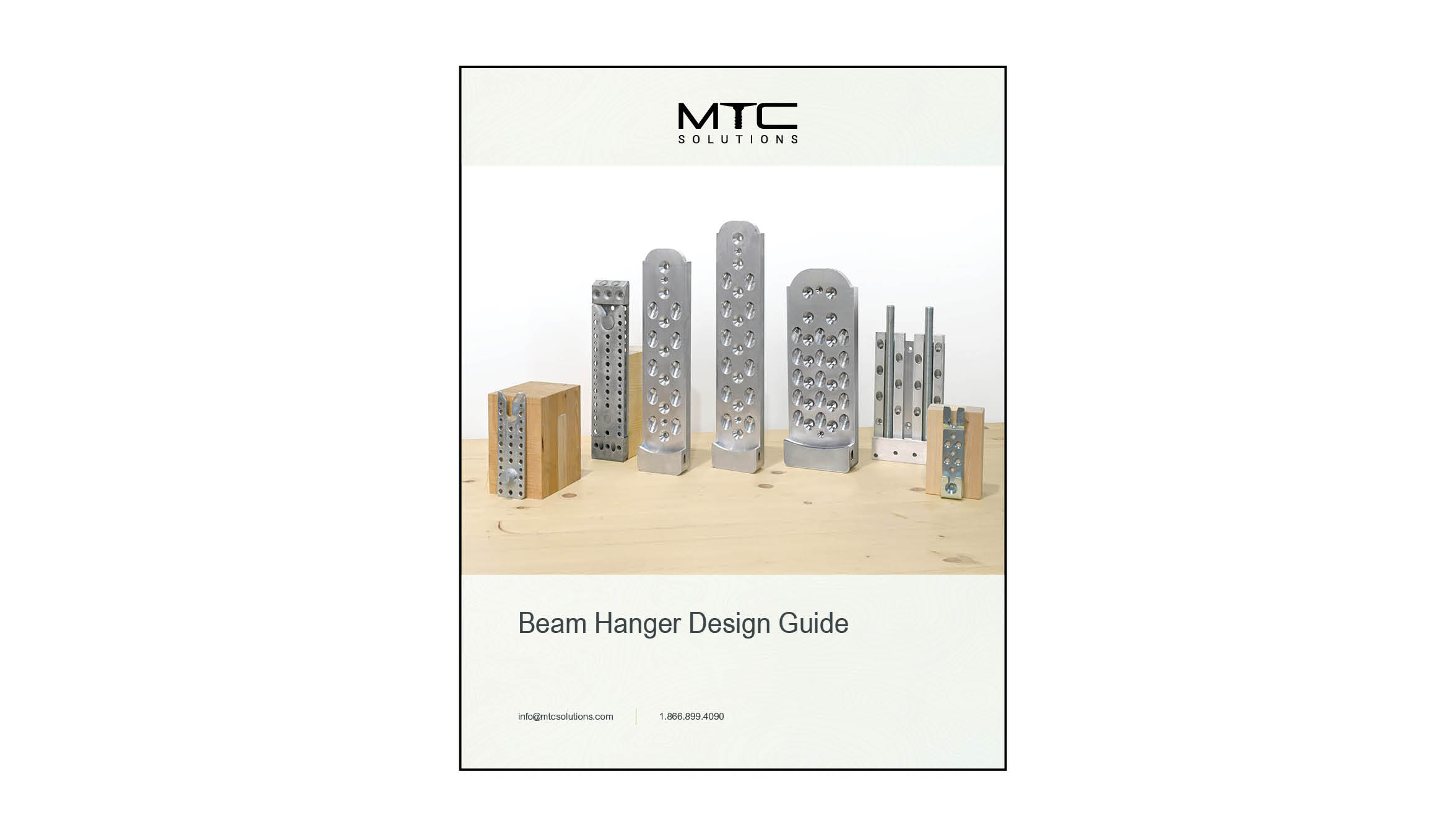
 Menu
Menu
 Beam Hanger Comparison
Beam Hanger Comparison
 Capacity
Capacity
 Secondary Member Req's
Secondary Member Req's
 Primary Beam Req’s
Primary Beam Req’s
 Primary Column Req’s
Primary Column Req’s
 2D & 3D Geometries
2D & 3D Geometries
 Design Guides
Design Guides
 Installation Instructions
Installation Instructions

